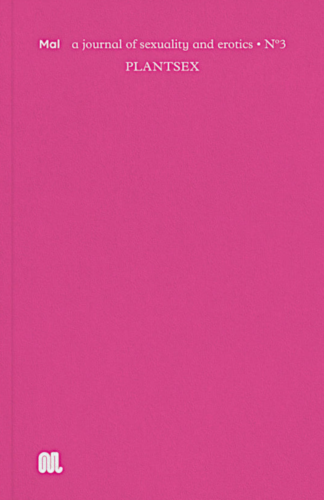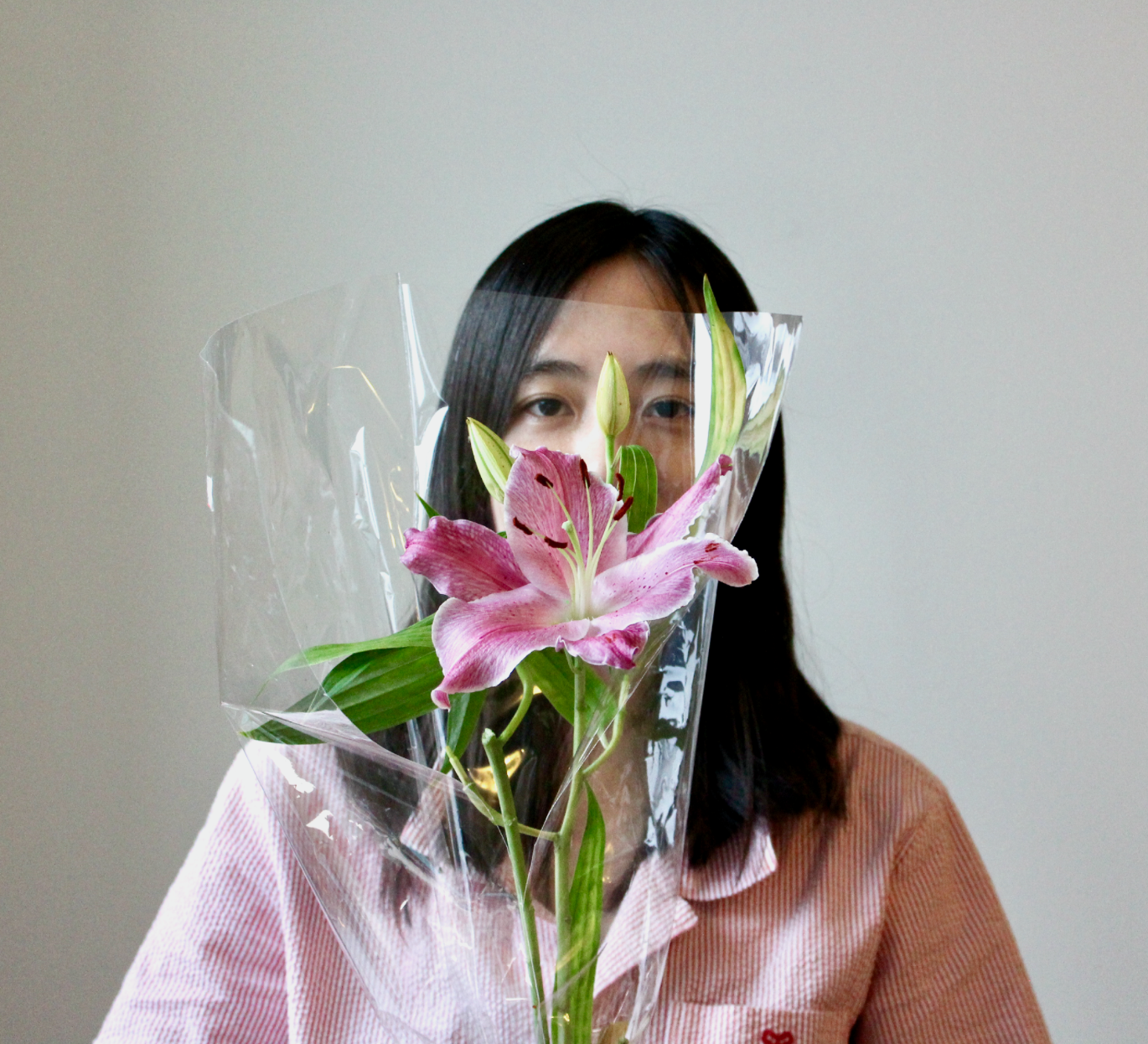I love a poem that is about everything. Bhanu Kapil’s tender “Seven Poems for Seven Flowers and Love in All Its Forms” is this way, both about flowers and about not flowers, expansive and contracting in its scope. In one stanza, a person wakes up in an underground spring. In another, a boy is with his father in a garden at night. The color red appears.
The poem undulates in its focus. It does not stay moving in one singular direction but winds and curves around. Each stanza introduces a new scene and in doing so, a new plane of thought. Sipping tea, the necessity of money. caves, arteries….appear in turn. Each of these subjects raise new questions, but in continuation with each other, like the formation of some secret pattern. There is something in the poem which “touches itself everywhere at once”, as Kapil writes, a preponderance of edges but not jagged or sharp ones. The shape of the poem is floral as well. Lines expand and contract, mirroring the curves of a series of petals. “What are the maximum and minimum forms a memory can take?” the poem asks, gesturing also to the curves on a geometrical graph and the hidden mathematics which govern floral symmetries.
Meanwhile the flowers in this poem are both real and unreal. The idea of a flower exists alongside the texture of flowers, as if in one elongated meadow. In one stanza, Kapil describes a drawing of an “immortal flower.” Can a flower have 8,000 petals? The poem seems to ask me questions like that. One section instructs the reader on “How to write a fairytale.” The poem itself is fairy-like. There is a mythical quality to its inventiveness, as though the hypothetical is as concrete as the physical.
At one point, near the end of the poem, the speaker’s son “bursts though the gate and we end our evening like this.” I cannot tell if we are in the dream or outside of it and it does not really matter. There is a “bursting through” both linguistically in the poem and plot-wise within the narrative. That is enough to give a sense of a conclusion because it applies to so many of the scenes mentioned elsewhere in the poem—caves, arteries, mist, rain.
As elsewhere in Kapil’s work, there is an interest in self-reflexivity. The poem itself is mentioned in the poem. So is writing. “I can’t write about this here, but I want to mark it. / To press it in this poem.” This conjures the idea of pressing the words themselves like dried flowers onto the page. The poem exists alongside the idea that there is always loss and beauty which cannot be written. It exists alongside its unwritten parallels. For me, this only enriches the poem and the secret, unspoken world it has access to.
Also, as in much of Kapil’s work, the poem arrives in the end at the fundamental questions. “Who are we when we are not with each other? / Who are we when we are not alone?” As I thought about the answers to these questions, I felt my mind moving in circles, or perhaps along the symmetries of a blossom, back and forth, around and around. It was not necessary for me to have the answers. Something powerful takes place in the direct and pointed asking of these sincere and unabashed questions of our relationship to each other.
“What would it be to live a life in which even one petal was unfurled?” Kapil writes.




